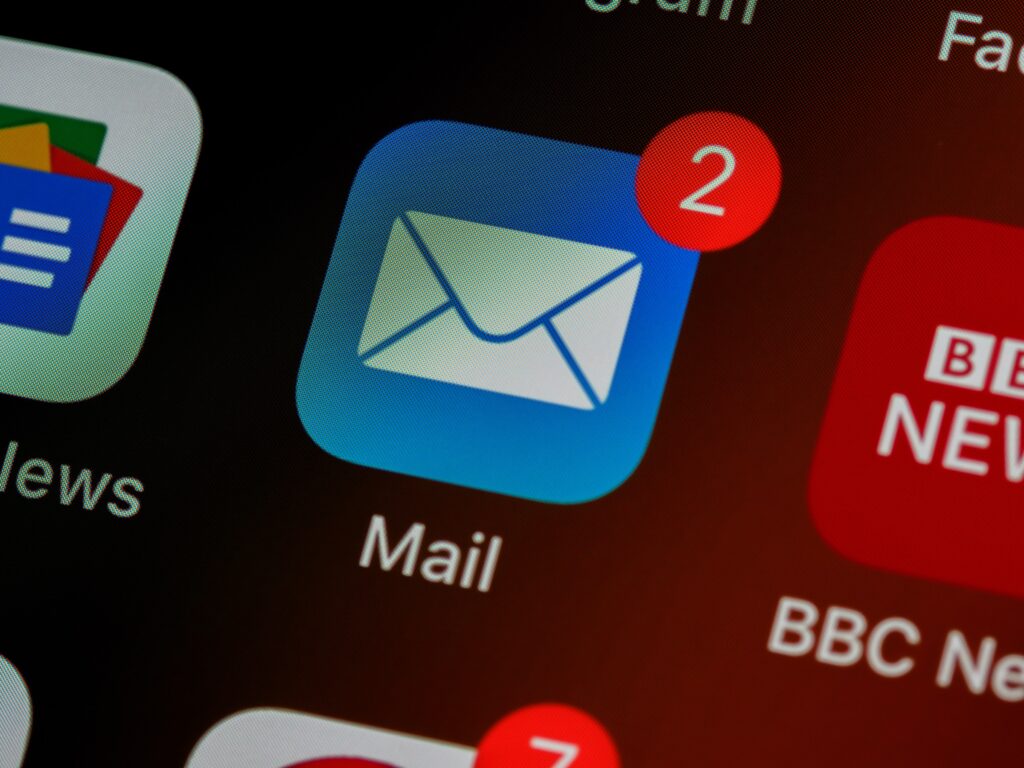Building Profit With Affiliate Emails

Are you getting the best from your email lists? If you don’t have an effective strategy for sending affiliate emails, the answer’s a no. When utilized correctly, affiliate emails can be one of the biggest sources of revenue for Direct Response retailers – without running a risk of alienating your customers or getting your emails pushed to spam.
This blog runs through some of the key points for making your affiliate sends more effective, from establishing your basic setup to optimizing your campaigns, and avoiding some of the most common pitfalls.

How to Send Affiliate Emails
It’s never too late to start sending affiliate emails (though you’ll naturally find less success with a cold list). On the other hand, it’s very possible to start too early.
Sending a contact an email from an affiliate the day they sign up is going to put them off interacting with you. If you haven’t already made a sale, they’re very unlikely to convert – they’ll see your business as overly money-hungry.
While the exact timing depends on how your company’s funnel operates, you’ll typically want to spend the first few days or weeks building up a rapport with the contact; a goodwill journey. Regularly send them useful, interesting content without a real sales focus, related to the nature of your product.
Give them a reason to read your emails. Work to build an initial hook that keeps them as engaged as possible.
Gradually introduce affiliate offers, don’t just flip the switch and start sending them affiliate emails as quickly as possible. You’d likely unsubscribe from a site that treated you like that – don’t be surprised if an overly-aggressive strategy quickly drops your list size.
Start off strongly, using affiliate emails that are interesting in and of themselves. What does your audience want to receive and read? You may want to rewrite any swipes that you send, getting them more in line with the content that your audience wants to engage with.
Once you start sending affiliate emails, don’t just stop sending out goodwill content. Use regular, interesting pieces to keep your audience as engaged as possible – it’ll make them more likely to actually buy the offers you send.

Find the Right Affiliate Offers
Direct Response retailers sending affiliate offers often have trouble maintaining both quality and relevance – or just ignore both from the start, sending any offers they can find.
This is a mistake.
High-quality, relevant offers don’t just convert well: they keep your audience engaged. If someone signs up to your email list after buying a fitness product, they’re not necessarily going to want to receive political-survival offers or the like. Past a certain point, they’re not even going to bother opening your emails, unless it’s to unsubscribe.
There’s two main things to consider here – finding high-quality offers, and ensuring that you send out offers your audience wants to receive.
For the first, it’s worth signing up for various affiliate marketplaces – ClickBank and similar. Expanding your reach gives you a better opportunity to find quality offers with some relevance to your core product. Building out your bank of offers takes time, but is vital for maximizing your return. In many cases, you can use affiliate marketplaces to find offers, then get better CPA rates by approaching the sellers directly.
Understanding your audience is a little more complex. While you can certainly make some inferences based on the fact that your audience has signed up for your list, every single contact has individual preferences and interests. If you plan to start sending offers outside of your basic product category, you’ll typically want to gauge individual interest in new categories.
This can be done in a few ways – sending out surveys or similar goodwill content allows you to more or less directly ask your list ‘are you interested in this topic?’
From there, you’ll be able to tag and segment your audience. Don’t send every email to everyone: understand your audience’s preferences, and use those to send semi-personalized emails.
In short, if someone tells you they’re interested in financial opportunities, start sending financial offers. If they tell you they’re not interested, send them something else!

Test Everything
One of the most important points across Direct Response marketing is testing. You’re likely already split testing funnel designs, your abandoned cart emails, checkout copy, and so on – you need to test your affiliate emails just as much.
If you run a goodwill journey, you have an excellent opportunity to test the email styles, content layouts, and headlines that best-motivate your audience.
Do you see a better clickthrough rate with a certain color of button? Does your audience respond better to longform content or quick messages? What style of imagery results in better engagement? Does your audience gravitate towards emojis in subject lines, or is that a turnoff for them?
Split test every goodwill message you send out, and you’ll be in a better position to profit from your affiliate emails.
Build Extra Profit from Affiliate Emails
Handled correctly, affiliate emails can provide longer-lasting revenue than you may expect.
If an offer is successful, you’ll likely want to resend it. Change the email copy, building a different angle for the offer. Give your audience a second chance to benefit from the offer. Expect diminishing returns to some degree, but you should be able to claim some additional sales by reformulating the offer.
You may also want to attach successful links to goodwill content – add a ‘suggested reads’ section below the goodwill, linking to past offers and goodwill pieces.
Similarly, it may be worth including display ads in your emails. While you’ll generally see a fairly low CPV from these ads, they can allow you to open up a new channel for revenue, allowing you to financially benefit from otherwise-unsuccessful affiliate emails – and goodwill content.
No one wants to feel overwhelmed by the amount of emails that they’re receiving. If you overload your list, you’re going to lose out. Typically, you’ll want to keep your sends down to 2 a day at most, sending out one offer in the morning and another in the evening. Past that point, returns tend to diminish, while unsubscribe requests and spam complaints skyrocket.
